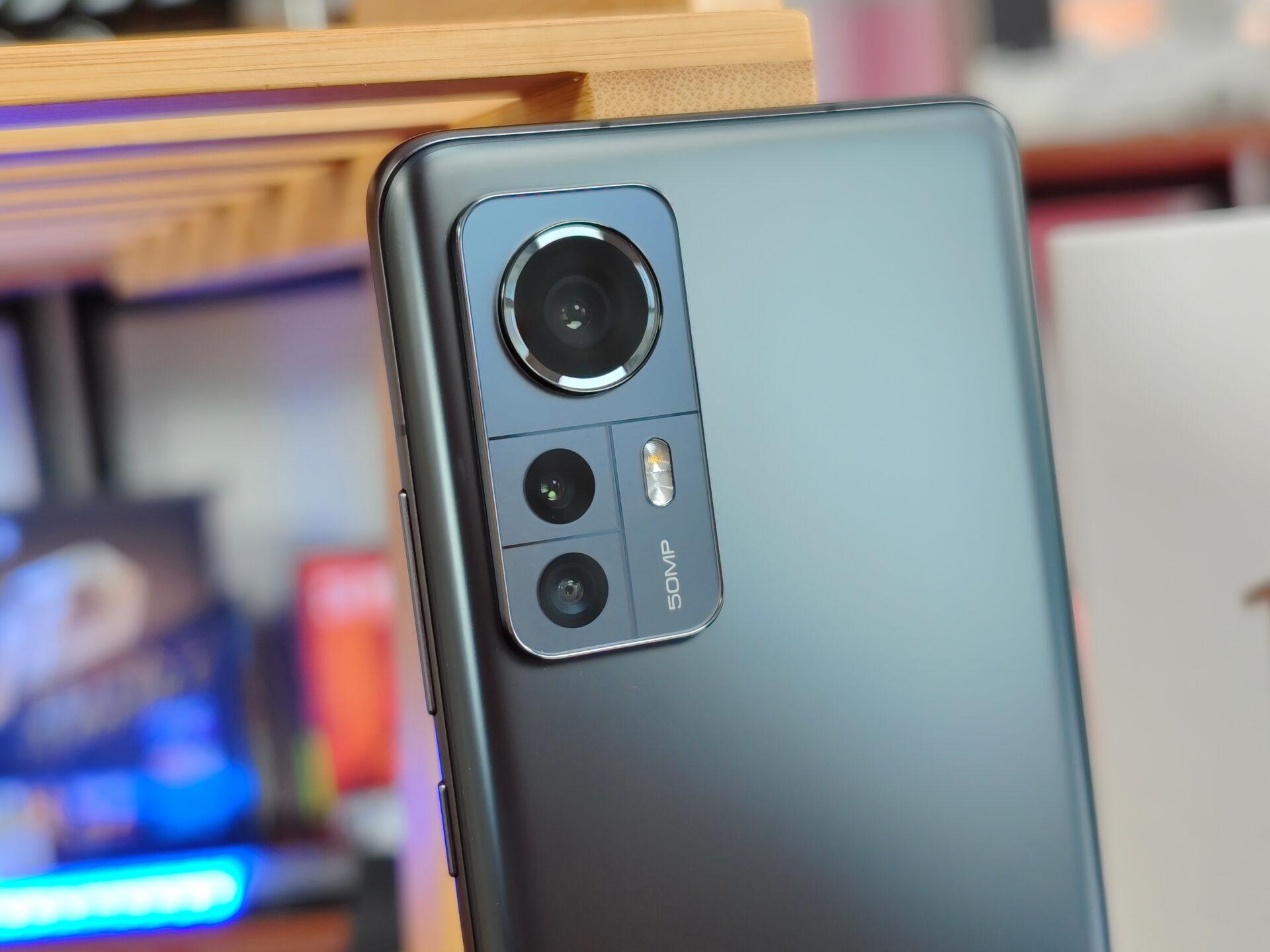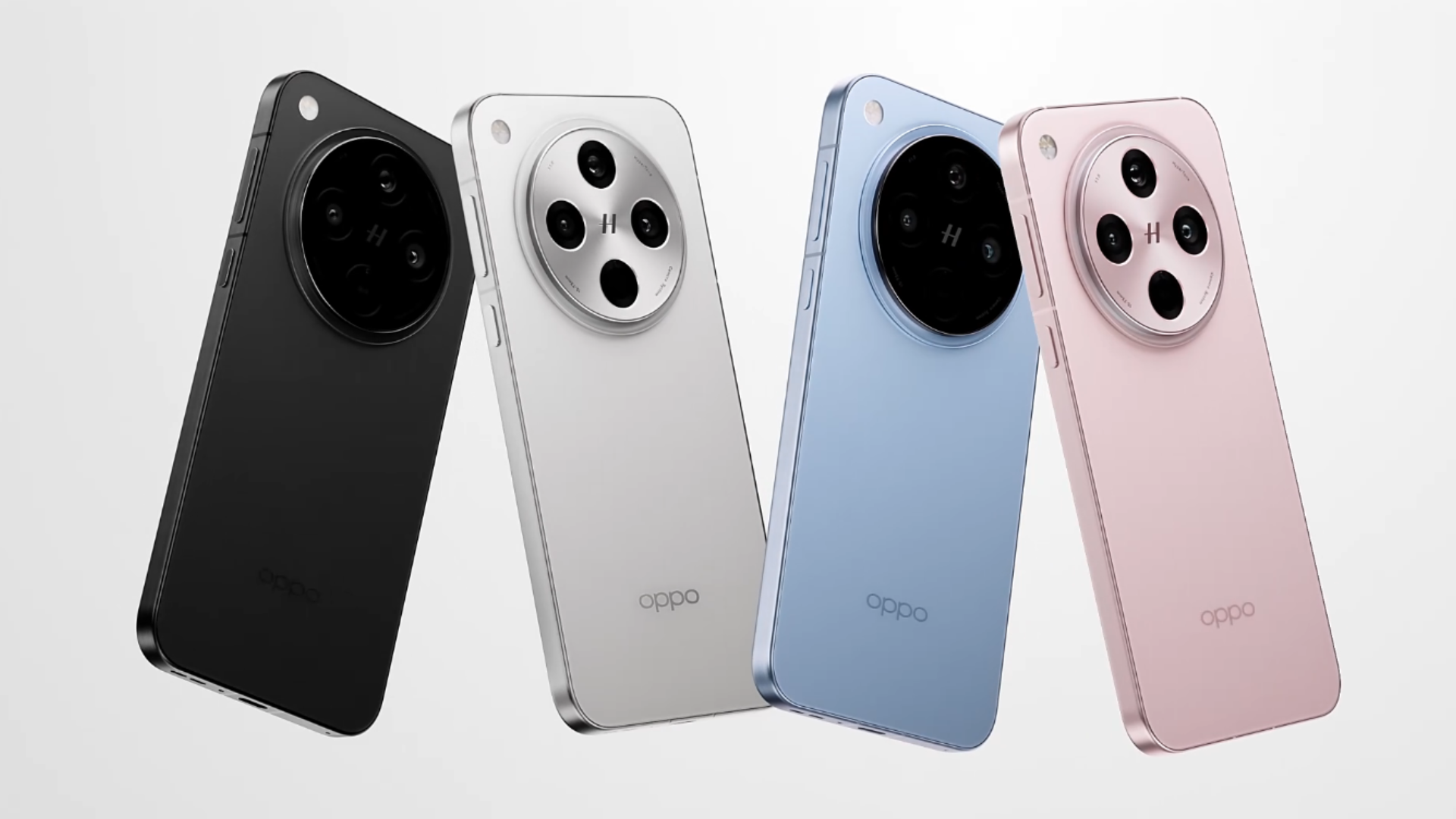Are you wondering which games can your phone run? In smartphone market, gaming industry has developed quite a lot in recent years. Until a few years ago, simple games were played on phones. However, in recent years, there has been a great rise in mobile gaming industry. Now mobile players, even mobile tournaments are available.
Of course, reason for this is developing smartphones. New devices introduced every year, more powerful chipsets that come with them, higher resolution screens, higher storage/RAM capacities, and more. As a result, mobile gaming industry is considered to have shaped smartphones. Gaming devices are a concrete example of this. Alright, do you know which games can your phone run? Which brand/model device can run which games, how many FPS does it give?
How do Games Runs on Android Devices?
In order to determine which device can open which games, it’s necessary to learn requirements first. Heavy applications such as mobile games consume a lot of device resources. That’s why terms of phone such as CPU, GPU, RAM are important, just like in PCs. So these should be our top priorities.
Therefore, we will examine the devices under 4 separate headings. Entry-level inexpensive devices, lower-mid segment devices, upper-mid segment devices and flagship devices. Factor that will determine these categories will be chipset of device. There are 2 brands that are mostly mentioned on this subject; Qualcomm Snapdragon and MediaTek. As a result, you can determine which games can your phone run. Current chipsets and categories of brands are as follows. Chipsets from previous years can be categorized in same way.
- Entry-Level Devices: Qualcomm Snapdragon 4xx – MediaTek Helio G Series
- Lower-Mid Segment Devices: Qualcomm Snapdragon 6xx – MediaTek Dimensity 800 Series
- Upper-Mid Segment Devices: Qualcomm Snapdragon 7xx – MediaTek Dimensity 1000 Series
- Flagship Devices: Qualcomm Snapdragon 8 Series / Snapdragon 8xx – MediaTek Dimensity 8000/9000 Series
Entry-Level Devices: Qualcomm Snapdragon 4xx – MediaTek Helio G Series
Qualcomm Snapdragon 4xx series and MediaTek Helio G series devices are available entry-level devices category. For example, Snapdragon 480 5G (SM4350-AC) chipset and Helio G96 (MT6781) chipset. One of the sample devices using this chipset is Redmi Note 10T JE and Redmi Note 11S.
Device is Japanese Edition (JE) of Redmi Note 10T 5G, and introduced in 2022, April 14. Device, which has a 6.5″ IPS LCD FHD+ (1080×2400) 90Hz display and comes with Snapdragon 480 5G (SM4350-AC) chipset. Also, comes with 4GB RAM and 64GB storage with 5000mAh Li-Po battery and 18W fast charging support. Moreover, Xiaomi’s first device with E-SIM support, it also has 5G support. Other specifications are available here.
And Redmi Note 11S released in 2021, April 28. Device which has a 6.43″ AMOLED FHD+ (1080×2400) 90Hz display with MediaTek Helio G96 (MT6781) chipset. Redmi Note 11S has a 6GB/8GB RAM and 64GB storage options with 5000mAh Li-Po battery and 33W fast charging support. Other specifications are available is here.
Which Games Can Your Phone Run With Entry-Level Chipsets?
When we consider the Redmi Note 10T JE and Redmi Note 11S devices, we see that they are entry-level devices and are more focused on daily usage. That’s why processor cores are underperforming and clock speeds are low. Benchmark scores also prove this. Below are AnTuTu and GeekBench scores of both devices.
- Redmi Note 10T JE AnTuTu: 260.000
- Redmi Note 11S AnTuTu: 300.000
- Redmi Note 10T JE GeekBench: 520 (single) – 1713 (multi)
- Redmi Note 11S GeekBench: 543 (single) – 1895 (multi)
Benchmark scores may seem high at first, but AnTuTu scores have reached the 1,300,000 band, so it isn’t that high. Game performance is in a way that will upset the players. If you are a PUBG Mobile player, you will hardly get 60FPS in Balanced setting and medium resolution, moreover, this is a bad performance for both 90Hz devices. Same is true for games like Call of Duty: Mobile and Mobile Legends: Bang Bang. As a result, devices of this segment are barely able run mobile games.
Lower-Mid Segment Devices: Qualcomm Snapdragon 6xx – MediaTek Dimensity 800 Series
Qualcomm Snapdragon 6xx series and MediaTek Dimensity 800 series devices are lower-mid segment devices category, e.g. Snapdragon 680 (SM6225) and Dimensity 700 (MT6833) chipset. Redmi Note 11 and Redmi Note 10 5G devices are good examples for these chipsets.
Redmi Note 11 was released in 2022, January 26. It has 6.43″ AMOLED FHD+ (1080×2400) 90Hz display and Snapdragon 680 (SM6225) chipset. Also, Redmi Note 11 has a 4GB/6GB RAM and 64GB storage options with 5000mAh Li-Po battery and 33W fast charging support. Other specifications are available is here.
And Redmi Note 10 5G released in 2021, April 28. Device which has a 6.5″ IPS LCD FHD+ (1080×2400) 90Hz display with MediaTek Dimensity 700 (MT6833) chipset. Redmi Note 10 5G comes with 4GB/8GB RAM and 64GB storage options with 5000mAh Li-Po battery and 18W fast charging support. Other specifications are available is here.
Which Games Can Your Phone Run With Lower-Mid Segment Chipsets?
Looking at Redmi Note 11 and Redmi Note 10 5G devices, we see that they are mid-segment devices that appeal to a little more daily users. Processor speeds are ideal for daily use, but can be frustrating for long-term games. AnTuTu and GeekBench scores available below.
- Redmi Note 11 AnTuTu: 320.000
- Redmi Note 10 5G AnTuTu: 340.000
- Redmi Note 11 GeekBench: 477 (single) – 1610 (multi)
- Redmi Note 10 5G GeekBench: 566 (single) – 1744 (multi)
Benchmark results are average, but still not sufficient. These devices can play mobile games. However, in a long time gaming, your device will heat up and your game performance will decrease. More powerful devices should be preferred for a better game performance.
Upper-Mid Segment Devices: Qualcomm Snapdragon 7xx – MediaTek Dimensity 1000 Series
Towards to end of article, phone performance began to increase. Qualcomm Snapdragon 7xx series and MediaTek Dimensity 1000 series chipsets available in upper-mid segment devices category. For example, Snapdragon 780 (SM6225) and Dimensity 1100 (MT6833) chipset. Mi 11 Lite 5G and POCO X3 GT devices will be good examples for these chipsets.
Mi 11 Lite 5G released in 2021, April 16. Device which has a 6.55″ AMOLED FHD+ (1080×2400) 90Hz display with Snapdragon 780G (SM7350) chipset. Mi 11 Lite 5G comes with 6GB/8GB RAM and 64GB storage options with 4250mAh Li-Po battery and 33W fast charging support. Other specifications are available is here.
And POCO X3 GT was released in 2021, July 31. It has 6.6″ IPS LCD FHD+ (1080×2400) 120Hz display and MediaTek Dimensity 1100 (MT6891Z) chipset. Also, POCO X3 GT has a 8GB RAM and 128GB storage with 5000mAh Li-Po battery and 67W fast charging support. Other specifications are available is here.
Which Games Can Your Phone Run With Upper-Mid Segment Chipsets?
These devices are now more performance and quality oriented than daily usage. So, there is no mobile game that you cannot play with these devices. AnTuTu and GeekBench scores available below.
- Mi 11 Lite 5G AnTuTu: 540.000
- POCO X3 GT AnTuTu: 610.000
- Mi 11 Lite 5G GeekBench: 872 (single) – 2214 (multi)
- POCO X3 GT GeekBench: 729 (single) – 2863 (multi)
However, if you want to play games at maximum settings and high screen refresh rates, in short, if you are looking for a real gaming device, flagship devices are the best choice! In this way, you can figure out which games can your phone run.
Flagship Devices: Qualcomm Snapdragon 8 Series – MediaTek Dimensity 9000 Series
Finally, there are the latest and most powerful chipsets, Snapdragon 8 Series and MediaTek Dimensity 9000 series. This category also includes Snapdragon 8xx series and Dimensity 8000 series. Most recent and flagship chipsets of Qualcomm and MediaTek companies are Snapdragon 8 Gen 1 (SM8450) and MediaTek Dimensity 9000. Current Xiaomi devices using these chipsets are Xiaomi 12 Pro and Redmi K50 Pro.
The Xiaomi 12 Pro device is Xiaomi’s flagship device released in late 2021. Xiaomi 12 Pro which comes with 6.73″ LTPO AMOLED QHD+ (1440×3200) 120Hz display and Snapdragon 8 Gen 1 (SM8450) chipset. Also has a 8GB RAM and 128GB/256GB storage options, with a 4600mAh Li-Po battery and 120W Xiaomi Hypercharge support. Other specifications are available here, and information about Xiaomi’s HyperCharge technology is also available here.
And Redmi K50 Pro device is world’s first Dimensity 9000 device, released in 2022, March 17. Device comes with 6.67″ OLED QHD+ (1440×3200) 120Hz display and MediaTek Dimensity 9000 (MT6983) chipset. Also 8GB/12GB RAM and 128GB, 256GB and 512GB storage options available. Redmi K50 Pro includes 5000mAh Li-Po battery with 120W Xiaomi Hypercharge support. Other specifications are available here.
Which Games Can Your Phone Run With Flagship Chipsets?
These devices are top class, you can do anything with such devices. You can play all games at the highest setting and with maximum FPS. Thanks to best-in-class processors, higher RAM/Storage options, high screen refresh rates/screen resolutions, etc. Of course, higher performance means higher price.
Wrap it up, older entry-level chipsets won’t open most games you want. Current entry-level chipsets can barely run games on low settings. Mid-range chipsets will do the trick, but don’t expect high performance. Upper-mid segment chipsets will meet your expectations. And flagship chipsets/devices are best solution to give you real gaming experience. Stay tuned for more.











